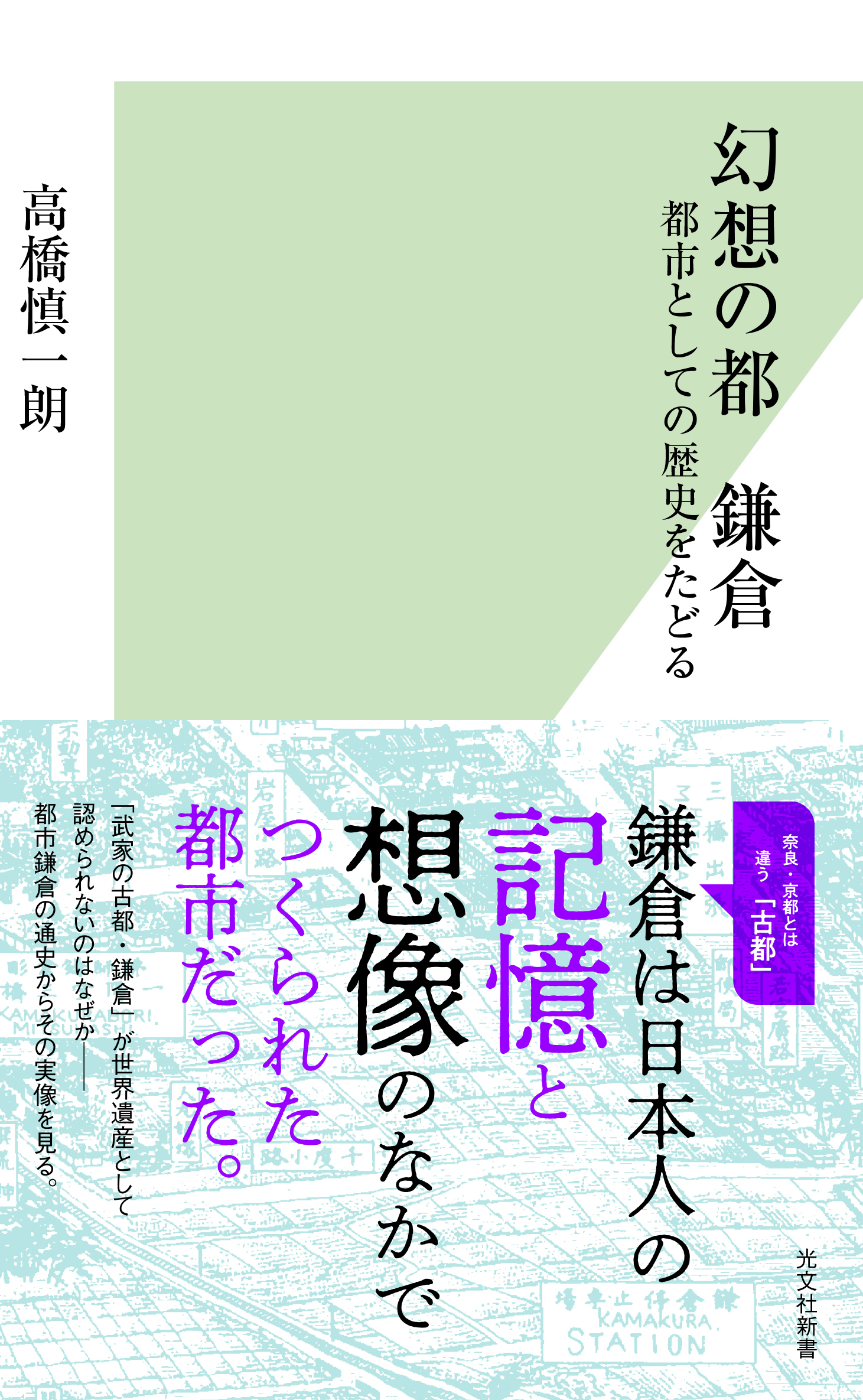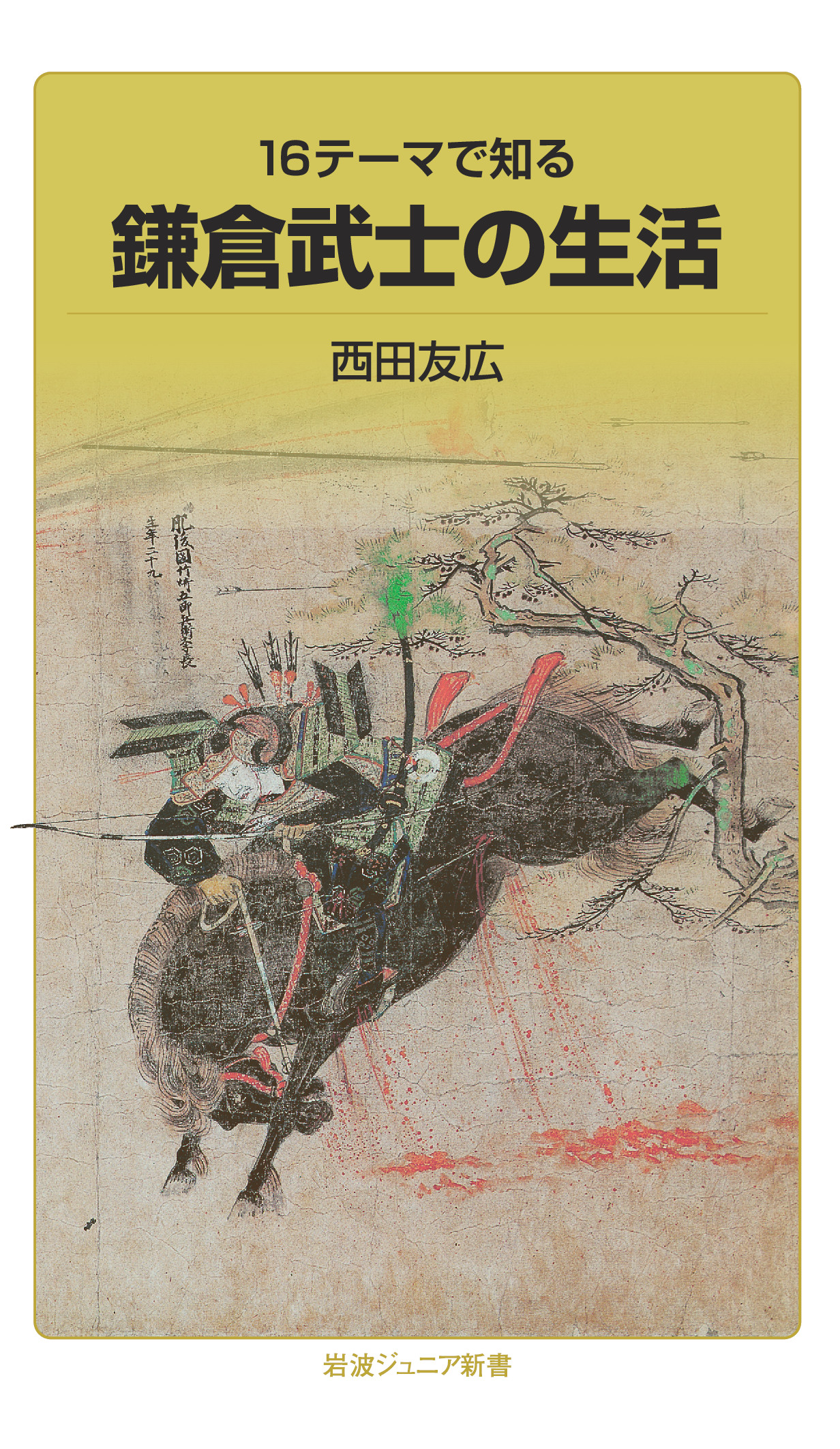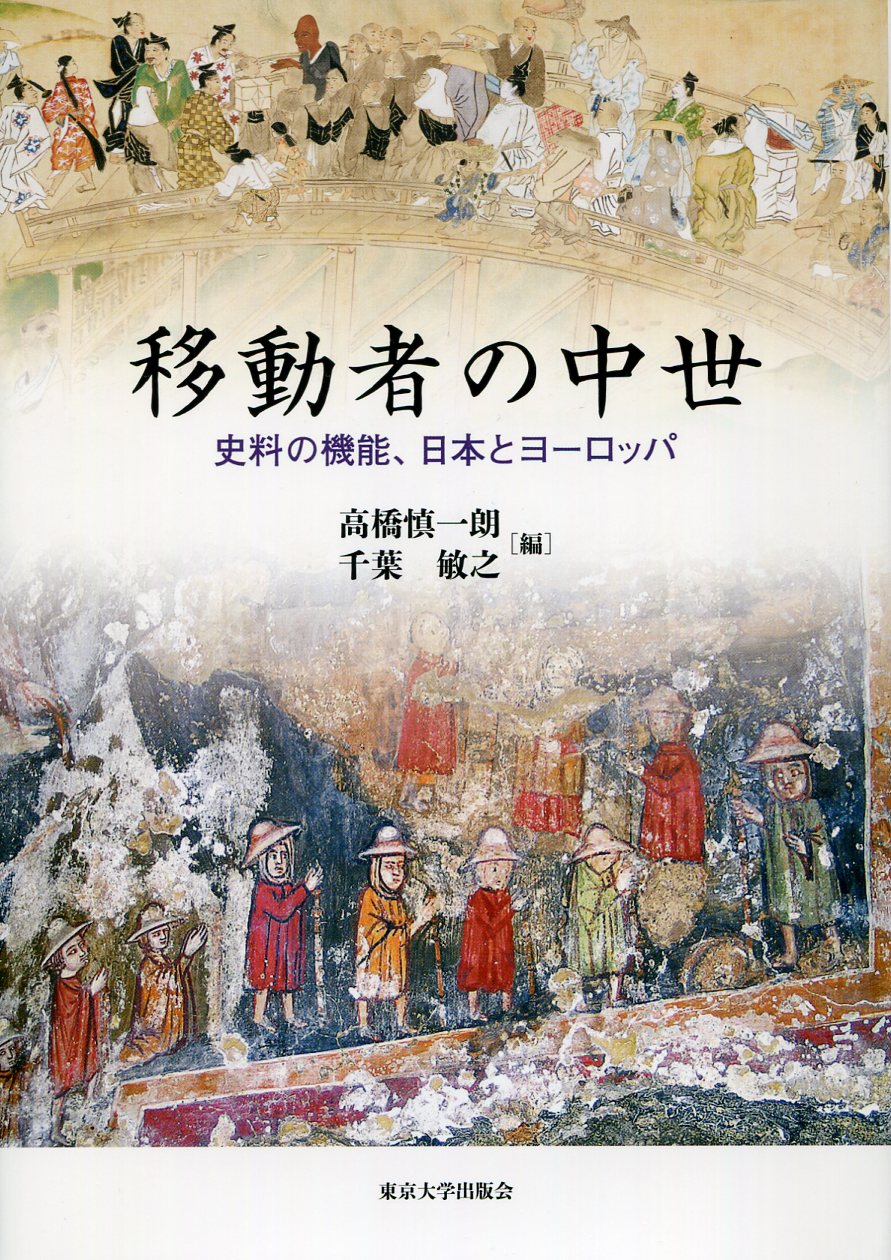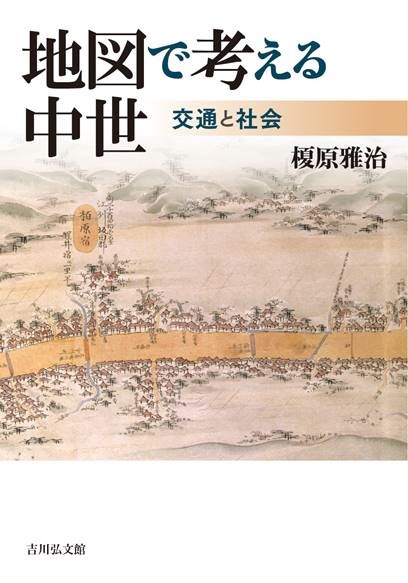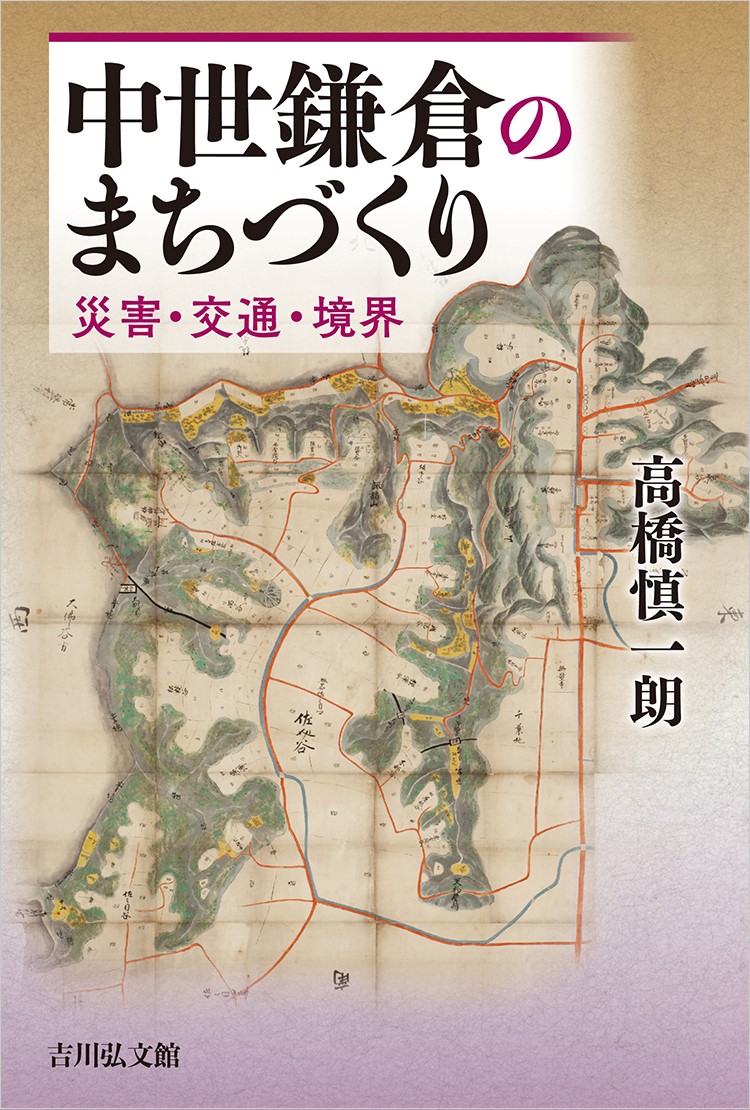
Title
Chusei Kamakura no Machi-zukuri (The Layout of Medieval Kamakura: Disasters, Transport, and Boundaries)
Size
228 pages, 127x188mm
Language
Japanese
Released
October 24, 2019
ISBN
9784642083614
Published by
Yoshikawa Kobunkan
Book Info
See Book Availability at Library
Japanese Page
The city of Kamakura, with its history going back to the medieval period, is surrounded on three sides by hills and valleys and faces the sea to the south. The large number of temples, shrines, and historical sites, as well as its very “shape” that makes use of its topography, have preserved the atmosphere of medieval Kamakura down to the present day. Kamakura’s lifestyle, including the process whereby it evolved, may be called “Kamakura culture,” and the characteristics of this Kamakura culture can, I believe, be likened to a rice cake wrapped in an oak leaf called Kashiwa-mochi. The oak leaf wrapped around the rice cake is very similar to the shape of medieval Kamakura. The rice cake inside the oak leaf corresponds to Kamakura culture, which looks nice and white on the outside (Kyoto-style culture) but is full of red bean paste (rational warrior culture). In other words, this aptly shows how Kamakura culture imitated the culture of Kyoto but was based on the culture of the pragmatic warriors of eastern Japan. This layout of Kamakura, resembling a rice cake wrapped in an oak leaf, is examined in concrete detail in this book.
In Part I (“Building and Maintaining the City”), I analyze the relationship between Kamakura’s natural environment and its urban life, its infrastructure, the natural scenery, and so on. People of the medieval period knew how to live in Kamakura by making skilful use of its environment, surrounded as it was by large and small valleys. But, on the other hand, because they opened up natural valleys, undertaking small-scale developments, and built dwellings close together even near rivers, medieval Kamakura suffered frequent disasters such as fires and floods. In order to prevent such disasters, the shogunate performed religious services based on the principles of yin and yang. Settlements were established at the entrances to valleys and along the roads passing through valleys, and the residences of warriors as well as temples and shrines were built further up the valleys. Bridges built for traffic and Zen temples erected far up quiet valleys also served to improve the urban landscape.
In Part II (“Living in the City and Visiting the City”), I delve into the daily lives of Kamakura’s inhabitants and also extend my purview to their perceptions and to questions pertaining to Kamakura’s hinterland. People visited Kamakura for various reasons, including employment and litigation, and large quantities of goods such as annual land taxes in kind and various commodities also gathered there. Religious and economic activities thrived not only in the central parts of Kamakura but also on its boundaries. Kamakura’s boundaries were, however, not clearly demarcated, nor did there exist any facilities marking its boundaries. Surrounding villages outside its boundaries produced rice, vegetables, and other foodstuffs, and sacred sites where warriors worshipped were also located there. These villages were thus closely linked to the town of Kamakura and helped to sustain it. Further, the residences of warriors were located at places of importance in terms of traffic and also had the function of receiving visitors.
In this fashion, this book sheds light on distinctive features of the medieval town of Kamakura, where people and goods were continuously coming and going.
(Written by TAKAHASHI Shinichirou, Professor, Historiographical Institute / 2020)



 Find a book
Find a book


 eBook
eBook